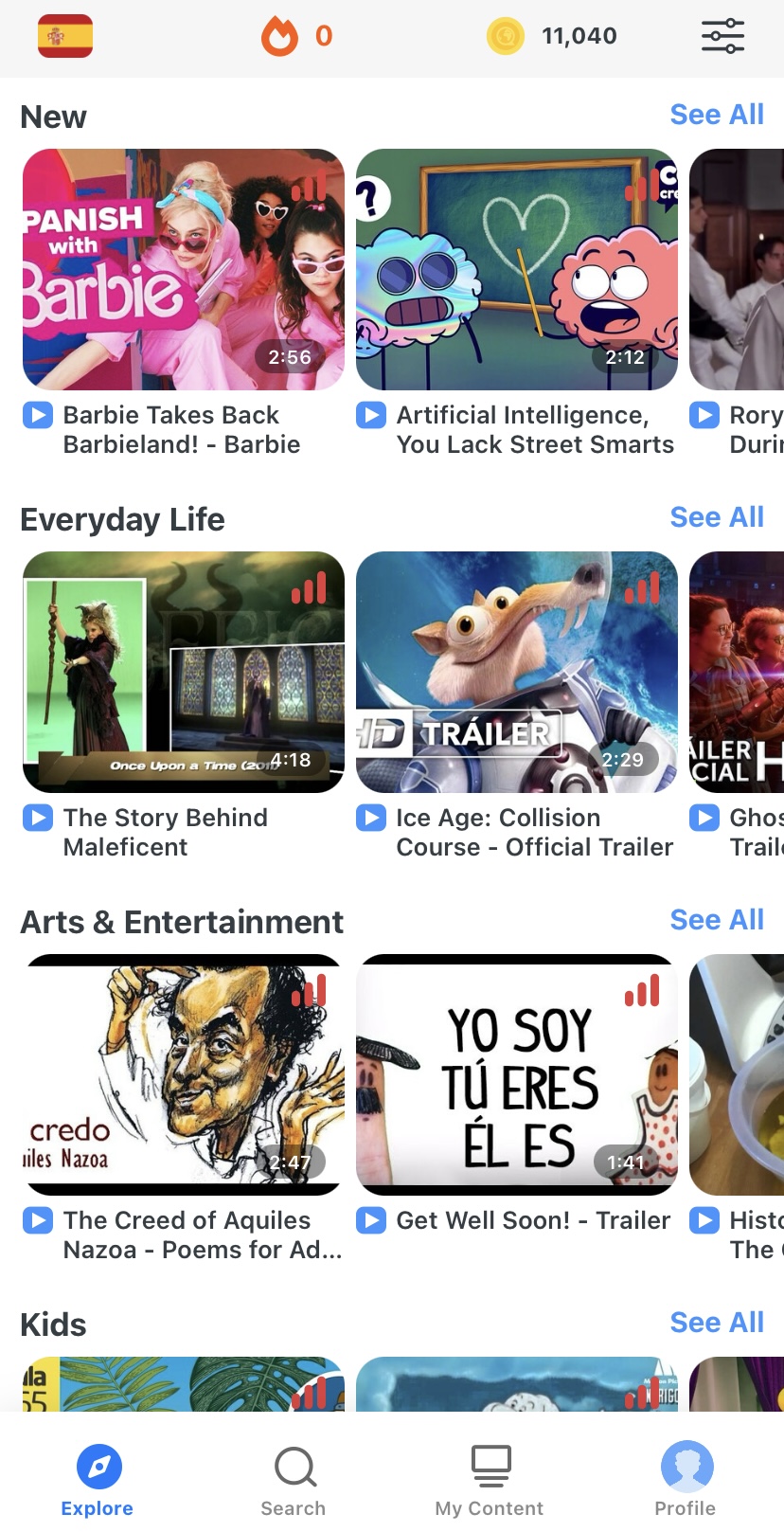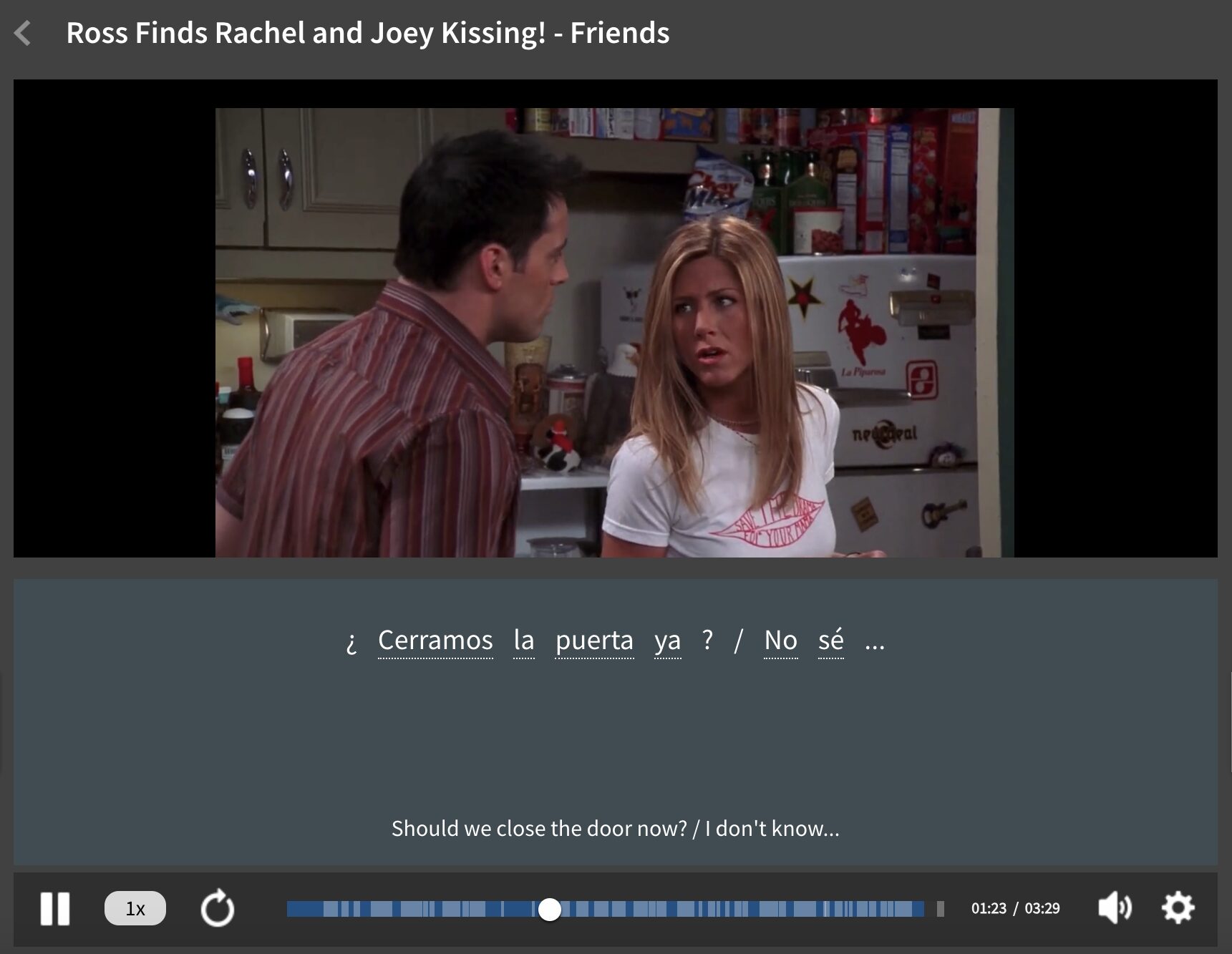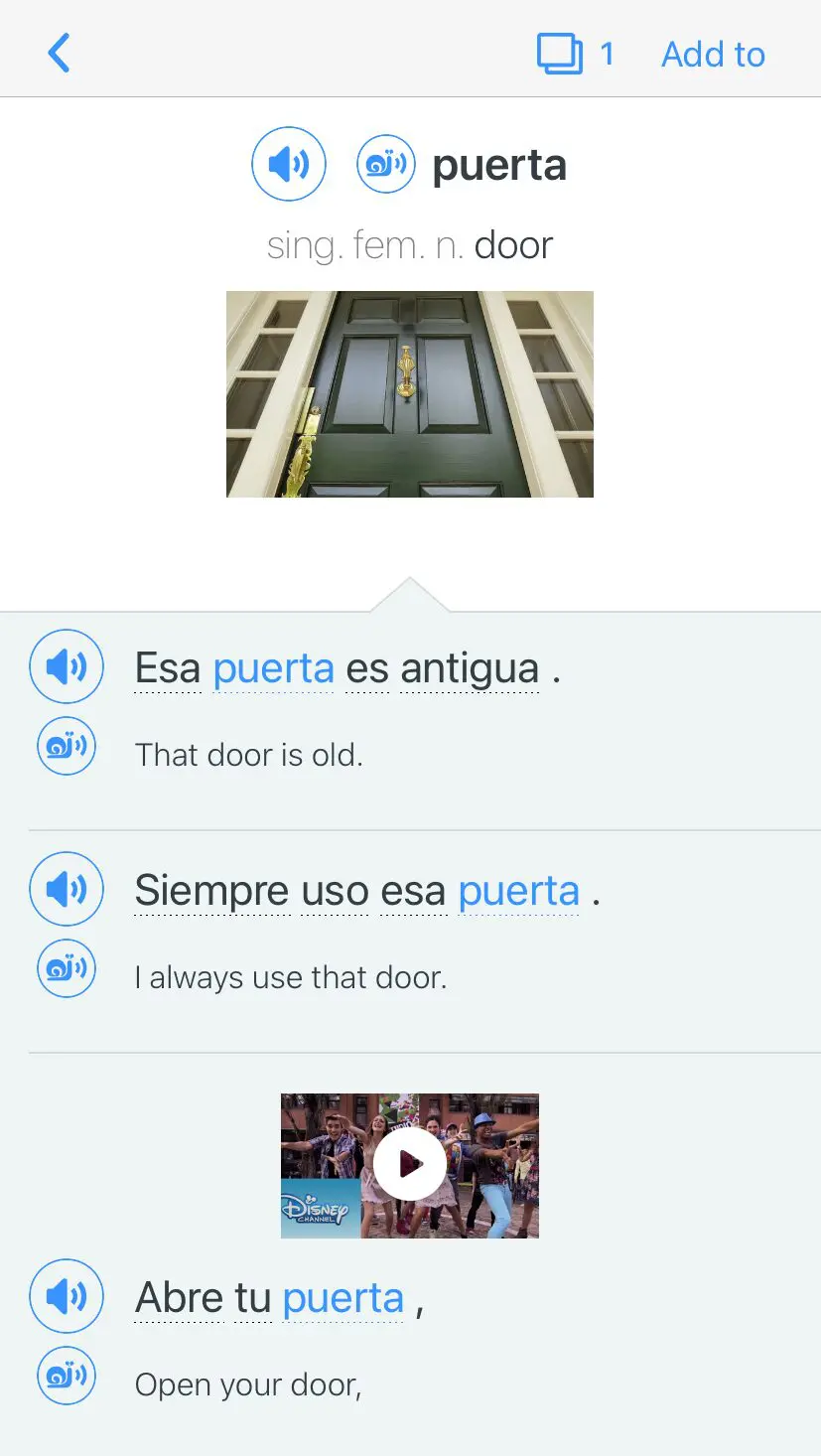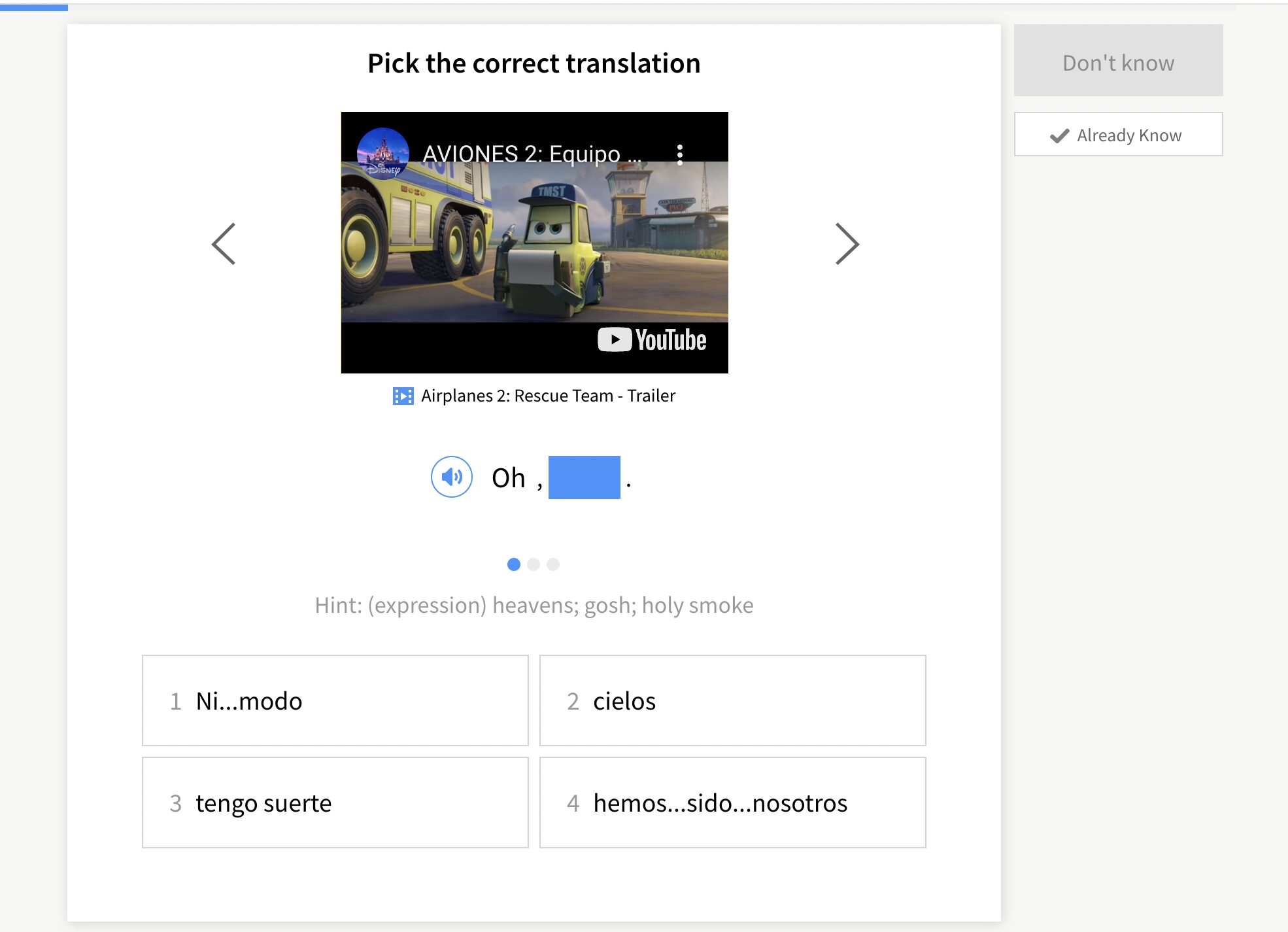Contents
- 1. Spend the First Three Months Perfecting the Present Tense
- 2. Practice the Past and Future Tenses in Private Conversation Classes
- 3. Keep a Notebook Purely for Noting Down the Gender of Nouns
- 4. Write in Spanish Every Day
- 5. Take a Specific Course in the Use of the Subjunctive
- 6. Learn Which Connectives Match Which Grammar Constructions
- 7. Read, Read and Then Read Some More
- 8. Find the Patterns Between English and Spanish Grammar
- 9. Avoid Bad Habits
- 10. Have Fun and Enjoy the Easy Elements of Spanish Grammar
- And One More Thing…
How to Learn Spanish Grammar in 10 Steps

When I began studying Spanish in 2008, I developed some great strategies for how to best learn Spanish grammar. Even though I still find myself stumbling over the subtle nuances of the language at times, I can safely say that I know how to avoid falling into bad habits.
Let me share some of the best strategies I learned for tackling Spanish grammar. And for a thorough overview of all the most important Spanish grammar topics, please see:
https://www.fluentu.com/blog/spanish/spanish-grammar/
Download: This blog post is available as a convenient and portable PDF that you can take anywhere. Click here to get a copy. (Download)
1. Spend the First Three Months Perfecting the Present Tense
Every grammatical person in Spanish is conjugated differently, and this makes learning Spanish grammar particularly difficult for native English speakers. When I first began studying Spanish, I soon decided that I needed to make things a lot simpler. I concentrated on perfecting the present tense and I simply ignored the fact that the other tenses existed.
When I wanted to share information about the past, I used the present tense alongside words like ayer (yesterday) at the beginning of the sentence. Similarly, when talking about future events, I spoke in the present tense, but threw words like mañana (tomorrow) or la próxima semana (next week) into the mix to keep things clear.
Three months of speaking only in the present tense will give you the exact kind of training necessary to then tackle the many complexities of other tenses in Spanish. Plus, you’ll use the present tense so frequently that it’s great to have it mastered.
2. Practice the Past and Future Tenses in Private Conversation Classes
After three months of speaking in the present tense, I decided to invest in a series of private conversation classes to practice conjugating in the past and future tenses. The conversation classes gave me the special attention I needed to make progress in this area. Having spent so long talking in the present tense, I was also pleased to find that I grasped the use of future and past tenses a lot quicker than I’d expected.
3. Keep a Notebook Purely for Noting Down the Gender of Nouns
English nouns don’t have a gender, which makes the application of gender in Spanish that much more complex for the native English speaker. I found that when it came to gender, I had to keep a notebook with me at all times. The notebook was divided into two columns, front to back. One for masculine nouns and the other for feminine ones.
As time went on, I had grasped the general rules and noted down most common words. After some time had elapsed, I only used the notebook to record irregularities. In general, nouns which end in “a” are feminine nouns, but the Spanish language is full of exceptions to the rules. El clima (the weather) is a perfect example. It ends in “a” but it’s a masculine noun. My notes on the irregular nouns were what really helped me to move from basic to intermediate level Spanish grammar.
4. Write in Spanish Every Day
Whether you’re filling in exercises from a Spanish grammar book, writing some creative prose or even contributing to a daily diary in Spanish, you must make a point of writing in Spanish every day. Start a Spanish learning blog if you like.
The only way to perfect Spanish grammar is to put your skills into practice and find out where your doubts lie.
I kept a diary in Spanish when I was learning. I came up against a brick wall of Spanish grammar doubts every day. In these moments, I had to research a little and find out how to express myself correctly before being able to continue. It was definitely one of my most successful self-help grammar tricks.
5. Take a Specific Course in the Use of the Subjunctive
The only time we ever use the subjunctive in English is when we use constructions like, “if it were up to me, I would tell him how much I loved him.” In Spanish, the present and past forms of the subjunctive are used constantly.
It’s really difficult for native English speakers to get a grip on this area of Spanish grammar. That’s why it’s important to incorporate the help and advice of a trained professional. Intensive programs that focus on the subjunctive are the best. It’s also important to have a solid grounding in the fundamentals before taking on the subjunctive.
6. Learn Which Connectives Match Which Grammar Constructions
Desde (since/from), pero (but), sin embargo (however), mientras (while), de todas maneras (anyway) and por lo tanto (therefore) are popular connectives which can be used to help you construct longer sentences and hold down longer conversations.
I found that by learning which connectives could be matched with the present, the past, the future, the conditional and the subjunctive tenses, I could better remember the grammatical order of a variety of sentence structures in Spanish.
I began approaching Spanish grammar from a mathematical point of view.
2 + 2 = 4, and in Spanish grammar, desde que (since) is always followed by the present or past subjunctive of the verb.
7. Read, Read and Then Read Some More
When you read in Spanish, you learn how Spanish grammar works. You see the correct way to construct sentences and you can compare your writing with that of others. The only important factor to bear in mind is that source materials must be trustworthy.
Reading comes in all forms—besides conventional literature, blogs, recipes and movie subtitles can all be used for reading practice.
I personally made time to read internationally recognized online magazines and newspapers every day. Not only was I able to keep up to date with current affairs, but I was also confident that the Spanish grammar I was reading was correct.
8. Find the Patterns Between English and Spanish Grammar
Patterns are important. They act as language stepping stones towards fluency. For example, in Spanish, prepositions are followed by the base form of the verb. In English, prepositions are followed by the gerund. Después de hablar (after talking) is just one example of this pattern in practice.
Finding patterns helps to highlight grammatical differences between two languages. I found this kind of study very useful. When I found grammar patterns, I was able to translate correctly. Many people make the mistake of making literal translations when communicating in another language, but it’s rarely a good idea. Spanglish is the product of poor translation. Make use of patterns.
The more Spanish content you consume, the more patterns you’ll discover along the way. Just watching Spanish videos with English subtitles can help you form associations between what you hear and the corresponding translation.
You can also take this a step further and embed a learning element into your Spanish video watching with FluentU.
FluentU takes authentic videos—like music videos, movie trailers, news and inspiring talks—and turns them into personalized language learning lessons.
You can try FluentU for free for 2 weeks. Check out the website or download the iOS app or Android app.
Click here to take advantage of our current sale! (Expires at the end of this month.)

9. Avoid Bad Habits
Always incorporate tildes and other accents into your writing when communicating in Spanish. I really cannot emphasize this enough. It’s also essential to get into the habit of writing out every single word in full. Whether you’re sending a formal email or texting a friend, you should write correctly.
Some of my friends, who started to learn Spanish at the same time as I did, have ended up with very weak writing skills. When I write in Spanish, I write with confidence. I made my life easier by incorporating spelling and accents into my writing from the very beginning. I made them part and parcel of my learning experience.
Hablo (I speak) is very different to habló (he/she/it spoke) and it’s important to always demonstrate the distinction. You’ll find that, if you make the effort to write correctly in the early stages, you won’t have to think so much when writing in the future.
10. Have Fun and Enjoy the Easy Elements of Spanish Grammar
Spanish grammar is, for the most part, dense and confusing, but there are some elements that are wonderfully clear and simple. When using conditionals, for instance, you only have to add “ía” to the end of the base form of the verb.
It’s important to revel in these moments, because when you’re having fun with the language, you’ll learn more. When Spanish grammar makes it easy for you, smile, laugh and, most importantly, have fun chatting away in your second language.
Download: This blog post is available as a convenient and portable PDF that you can take anywhere. Click here to get a copy. (Download)
And One More Thing…
If you’re like me and prefer learning Spanish on your own time, from the comfort of your smart device, I’ve got something you’ll love.
With FluentU’s Chrome Extension, you can turn any YouTube or Netflix video with subtitles into an interactive language lesson. That means you can learn from real-world content, just as native speakers actually use it.
You can even import your favorite YouTube videos into your FluentU account. If you’re not sure where to start, check out our curated library of videos that are handpicked for beginners and intermediate learners, as you can see here:
FluentU brings native Spanish videos within reach. With interactive captions, you can tap on any word to see an image, definition, pronunciation, and useful examples.
You can even see other videos where the word is used in a different context. For example, if I tap on the word "puerta," this is what pops up:
Want to make sure you really remember what you've learned? We’ve got you covered. Practice and reinforce the vocab from each video with learn mode. Swipe to see more examples of the word you’re learning, and play mini-games with our dynamic flashcards.
The best part? FluentU tracks everything you’re learning and uses that to create a personalized experience just for you. You’ll get extra practice with tricky words and even be reminded when it’s time to review—so nothing slips through the cracks.
Start using the FluentU website on your computer or tablet or, better yet, download our app from the App Store or Google Play.
Click here to take advantage of our current sale! (Expires at the end of this month.)











